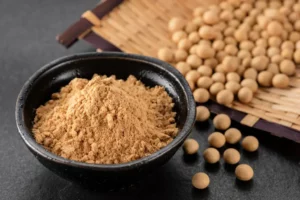Shiga (滋賀県) is a landlocked prefecture in the Kansai region of Japan. It is surrounded by Kyoto, Gifu, Mie, and Fukui Prefectures and has no access to the sea. Shiga may have no coastline, but its fantastic history has resulted in a disproportionate number of historical sites.
This prefecture contains over 800 National Treasures and Important Cultural Properties, Japan’s fourth-highest number of such sites. Almost 40 percent of Shiga is designated as Natural Parks, the highest of any prefecture.
Table of Contents
ToggleHikone Castle
Hikone Castle is Shiga’s most famous historical landmark and one of the few original Japanese castles to have survived since the Edo period. This has earned it the distinction of being one of only four National Treasure castles in Japan. It was built in 1622 as a strategic stronghold for the Tokugawa Shogunate. Its primary role was guarding the transportation routes between Kyoto and the eastern provinces.
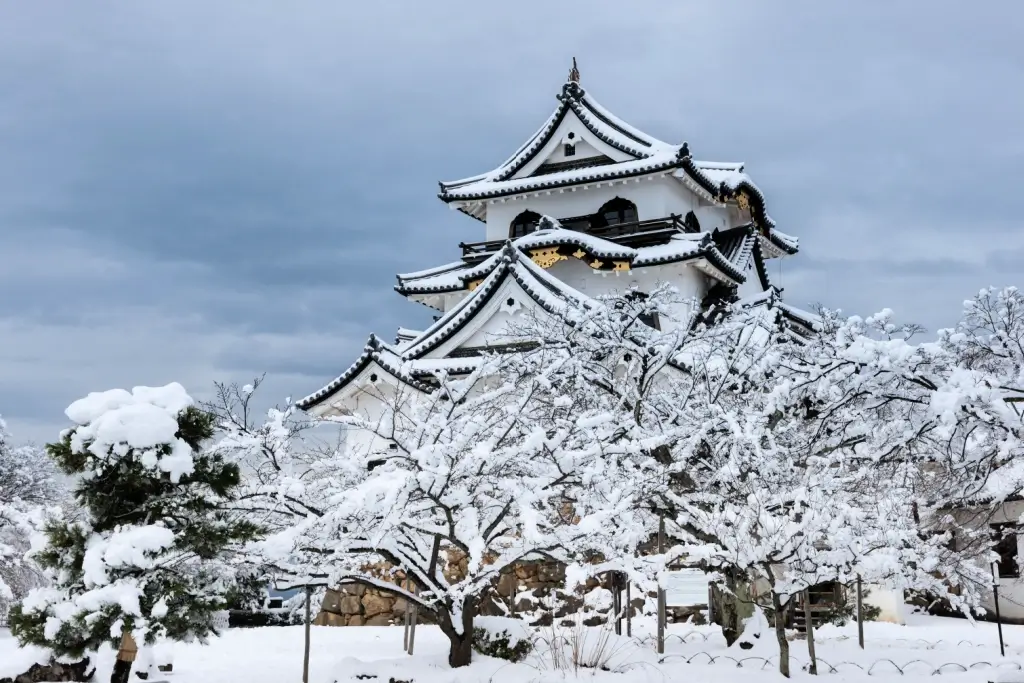
The castle complex also includes several essential structures like guardhouses, gates, and towers, which provide insight into the defensive strategies of the era. Its strategic placement atop a hill commands wide views of Lake Biwa and the surrounding plains.
This area also includes the scenic Genkyuen Garden. Visitors have been strolling amongst its ponds, bridges, and teahouses while enjoying views of the castle since the early Edo period. Hikone is a rare amalgamation of Japanese castle design evolution. Its main keep is an impressive three-story structure that combines architectural styles from various periods in Japan’s history. Nearby, the Hikone Castle Museum houses an extensive collection of samurai armor, swords, and historical artifacts.
Lake Biwa
Lake Biwa (琵琶湖) is Japan’s largest lake, occupying approximately one-sixth of Shiga Prefecture’s total area. It is also one of the world’s oldest lakes, with a history dating back over four million years. This lake is essential to Japan’s ecosystem and supports many plant and animal life. It is also extremely important to the human population; the lake provides water to neighboring areas, including Kyoto and Osaka. Lake Biwa is also central to recreational life in Shiga Prefecture.
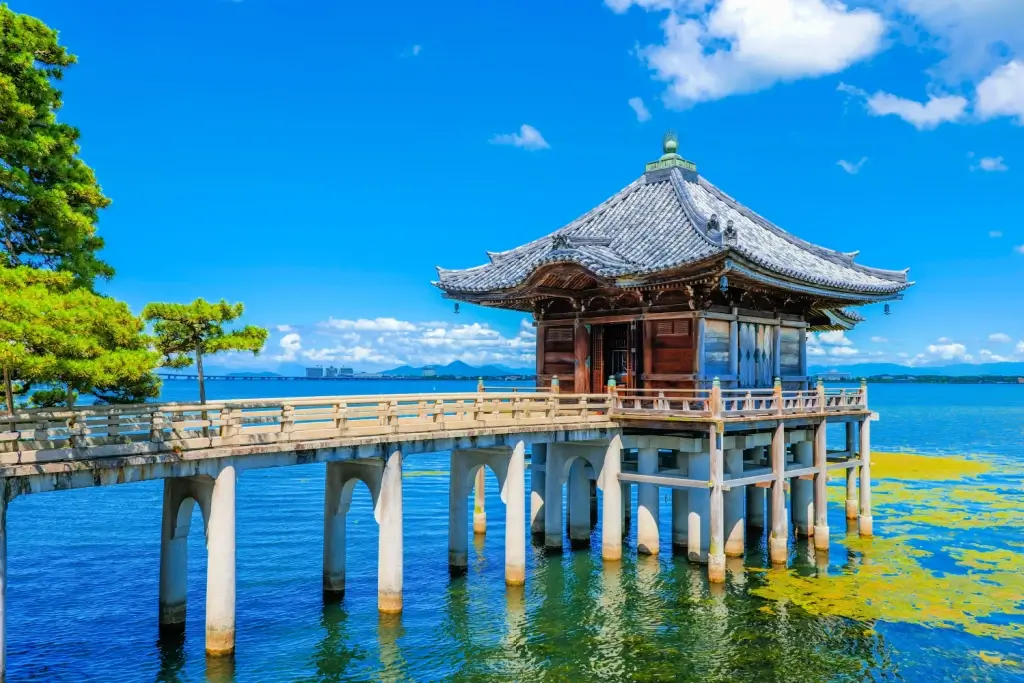
The lake allows various activities, like swimming, fishing, boat cruises, kayaking, sailing, and other water sports. Even its scenic shoreline is open to recreational activities. Chikubushima Island, a small island on the lake, is also known for its shrines and temples. Biwako Valley is another popular destination in the area. This ski resort transforms into a hiking and sightseeing spot during the warmer months.
Are you looking for amazing snacks from places like Shiga Prefecture? Check out Sakuraco! Sakuraco delivers traditional Japanese snacks, teas, and sweets from local Japanese makers directly to your door so you can enjoy the latest treats directly from Japan!
Nobunaga no Yakata
Azuchi Castle Museum or “Nobunaga no Yakata” commemorates the life and legacy of Oda Nobunaga, one of Japan’s most significant historical figures. Oda Nobunaga was a powerful daimyo in the 16th century who sought to unify Japan under his rule. He built Azuchi Castle as his primary residence, and it became a symbol of his political and military power. The castle was destroyed after Nobunaga’s death, but visitors can still explore its history through detailed reconstructions, models, and artifacts.
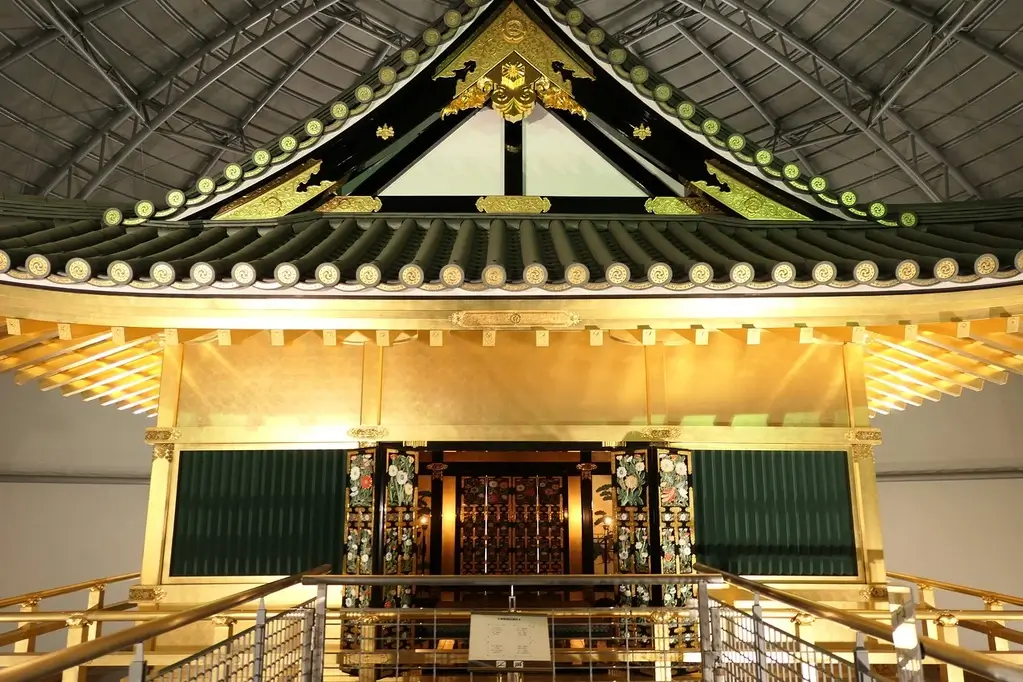
The museum features scale models of Azuchi Castle, including its distinctive seven-story donjon, which was revolutionary for its time. Displays also include samurai armor, weapons, and historical documents commemorating the life of Oda Nobunaga. The Nobunaga no Yakata Museum is a great opportunity to learn about one of Japan’s most turbulent historical periods. A shuttle bus service is available from JR Azuchi Station to the museum.
Omihachiman
Omihachiman is a historic town situated on the eastern shore of Lake Biwa. This settlement was an important center of commerce during the Edo period. The town is also known for its network of canals (Hachimanbori) and traditional merchant houses that were once used to transport goods during the period. Boat tours along the canal educate travelers about their history and architecture.
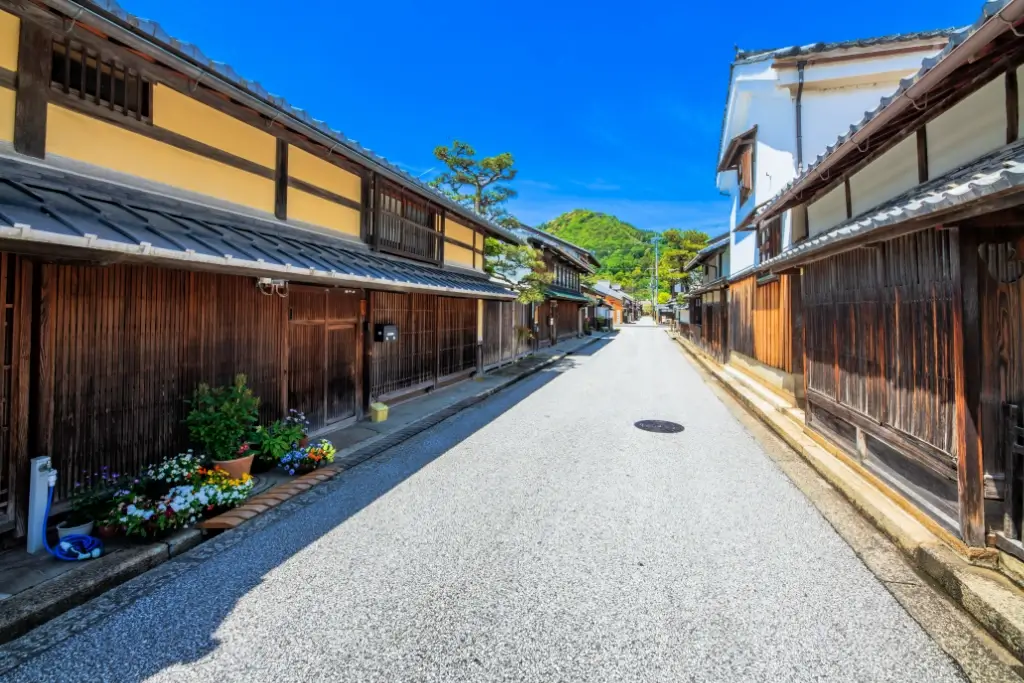
The town’s merchant heritage is preserved in several historic buildings, including the home of the prominent Omi merchant family. The Shinmachi Street district is especially popular, lined with well-preserved Edo-period homes. These tours allow visitors to glimpse the lifestyle of wealthy merchants during that period. Omihachiman’s rich cultural history includes the annual Sagicho Festival, where participants parade large, decorated floats through the streets.
Omihachiman can be reached from JR Omihachiman Station, and the town’s main attractions are also a short bus ride away from the station. Walking tours of the historic district are popular, and boat tours along the canals are cheaply priced at around ¥1,000.
Miho Museum
Miho Museum is in the Shigaraki Mountains. It is one of Japan’s most architecturally stunning museums, known for its harmonious integration with the surrounding natural landscape. Visitors approach the museum through a tunnel that opens onto a well-planned view of the museum’s glass and steel structures, which blend seamlessly into the forested hills.
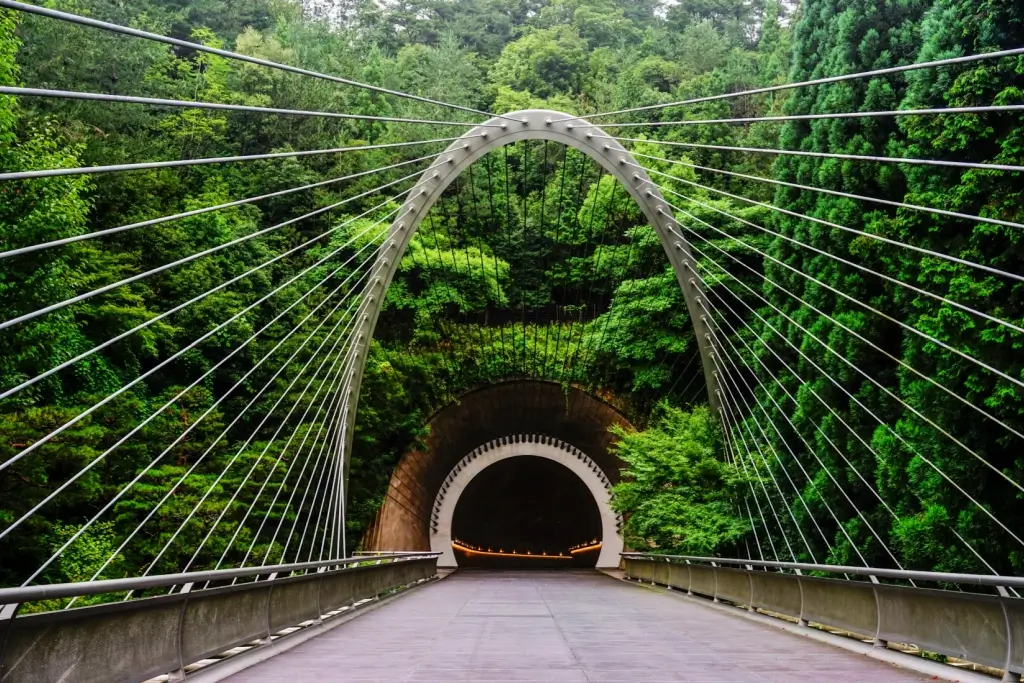
The museum’s collection includes various art and artifacts from ancient civilizations, such as Egypt, Greece, and Rome, alongside traditional Japanese artworks. Highlights include intricately crafted pottery, bronze sculptures, and delicate lacquerware. The museum’s founder, Mihoko Koyama, envisioned it as a place of peace and cultural exchange, and its tranquil setting reflects this mission. Miho Museum is a bit more remote than other attractions in Shiga Prefecture, so a bus ride from JR Ishiyama Station is required. But the journey is well worth it for visitors interested in art and architecture.
Why is Shiga Prefecture so unique?
Shiga Prefecture is so unique because of its many historical landmarks. The entrance prices to these attractions are also very reasonably priced. Miho Museum offers visitors a blend of world-class art and innovative architecture. Hikone Castle is a great mix of Japan’s feudal history and related construction designs. Nobunaga no Yakata provides a deep dive into one of Japan’s most influential historical figures, and the Omihachiman area preserves the prefecture’s Edo-period legacy.
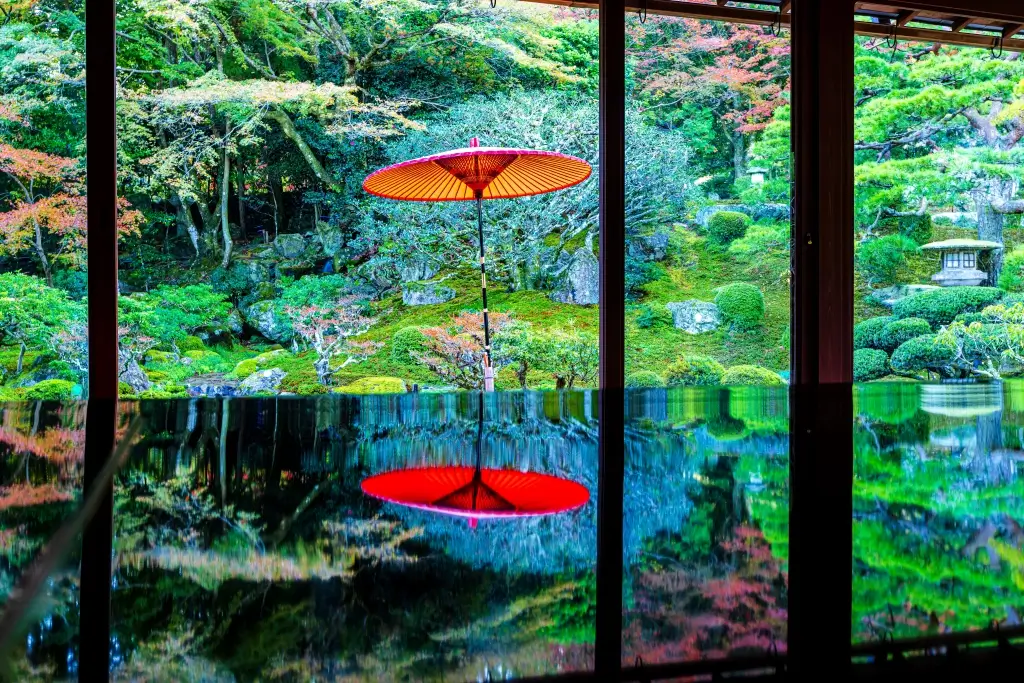
Lake Biwa is also a beautiful location for enjoying the area’s recreational opportunities and appreciating its ecology. Shiga Prefecture is perfect for travelers who prefer a more comprehensive cultural and historical experience. Have you visited Shiga Prefecture? What other areas are worthy of mention? Leave a comment below to share your thoughts on this captivating region!






